Is Reformer Pilates Strength or Cardio? That’s a common question for anyone curious about this dynamic, full-body workout. At first glance, Reformer Pilates may seem like a gentle, low-impact routine. But once you experience the spring-loaded resistance, continuous movement, and deep core engagement, you'll realize there's much more going on under the surface.
Whether you're aiming to build muscle, improve endurance, or simply move better, understanding how Reformer Pilates works is key to making it part of your long-term fitness routine. Let’s explore whether it counts as strength training, cardio—or the ideal combination of both.
Strength, Cardio, or Both?
If you’ve ever asked yourself whether Reformer Pilates counts as strength training or a cardio workout, here’s the truth—it’s both.
This dynamic method builds lean muscle through controlled, resistance-based movements, while also delivering aerobic benefits by keeping your heart rate elevated with smooth, continuous motion. At the same time, it strengthens your core, improves your posture, and supports joint health—all without the wear and tear of high-impact workouts.
So why should this matter to you?
Because most fitness routines focus too narrowly—either on strength or endurance. But Reformer Pilates bridges that gap, giving you a balanced, full-body workout that’s effective and sustainable. It’s especially ideal if:
● You want to build strength without heavy lifting.
● You’re looking for a low-impact, joint-friendly exercise.
● You’re recovering from injury and need a safe, structured program.
● You care about real-world functional fitness—not just isolated muscle gains.
If you're ready to train smarter, not harder, Reformer Pilates offers a complete solution that fits your goals, supports your body, and delivers long-term results.
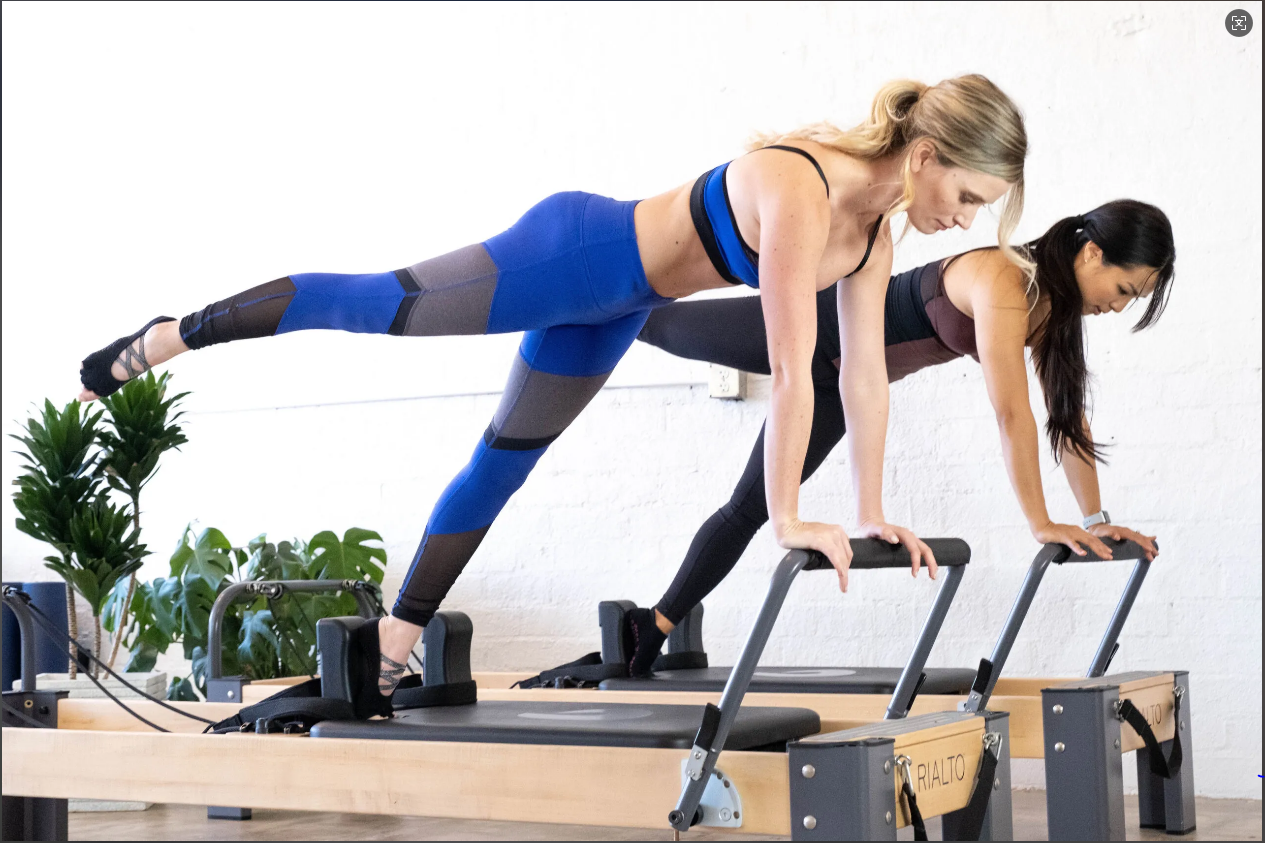
Reformer Pilates as Strength Training
Unlike mat Pilates, when you use a Reformer, you’re working with a machine equipped with adjustable springs that create resistance. These springs act like external weights, engaging your muscles every time you push or pull against them, making Reformer Pilates an effective pilates strength training workout.
Adjustable Spring Resistance
The Reformer Pilates machine uses a system of color-coded resistance springs that offer a wide range of tension—from light to heavy. This allows you to customize the difficulty of each movement, similar to adjusting weights on a gym machine. Whether you’re performing leg presses, arm rows, or chest expansions, the Reformer mimics the resistance of traditional weight training while keeping your joints protected.
Compared to free weights, the spring-based resistance is smooth, consistent, and low-impact, making it ideal for anyone recovering from injury or looking to build strength safely. If you’re shopping for a Pilates reformer with adjustable springs, look for one with at least 4–5 tension levels to ensure versatility and progressive strength training.
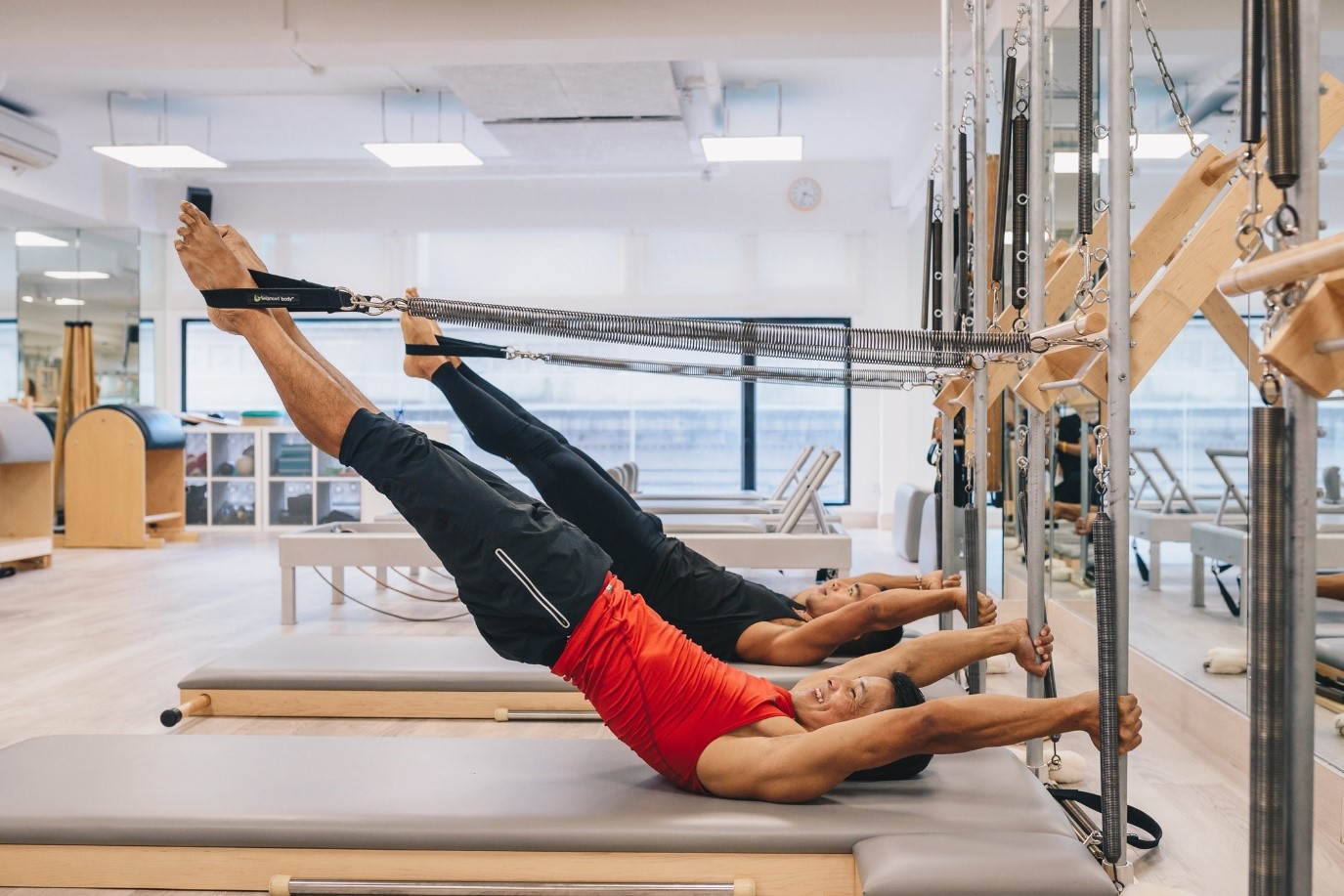
Full-Body Muscle Activation
Unlike isolated gym machines, the Reformer Pilates bed activates your entire body with each movement. It’s designed to challenge your core stability, muscle coordination, and functional strength. Here’s how it works:
Core: Nearly every exercise engages your deep abdominal muscles, improving stability and posture—a key focus in core Pilates workouts.
Lower Body: Movements like lunges, footwork, and leg circles strengthen your glutes, hamstrings, and quads.
Upper Body: Pushing and pulling using the straps and bar targets your chest, shoulders, and back for upper-body endurance.
A quality Pilates reformer machine should offer smooth gliding motion, durable ropes or straps, and ergonomic footbars that allow for precise muscle activation across all ranges of motion.
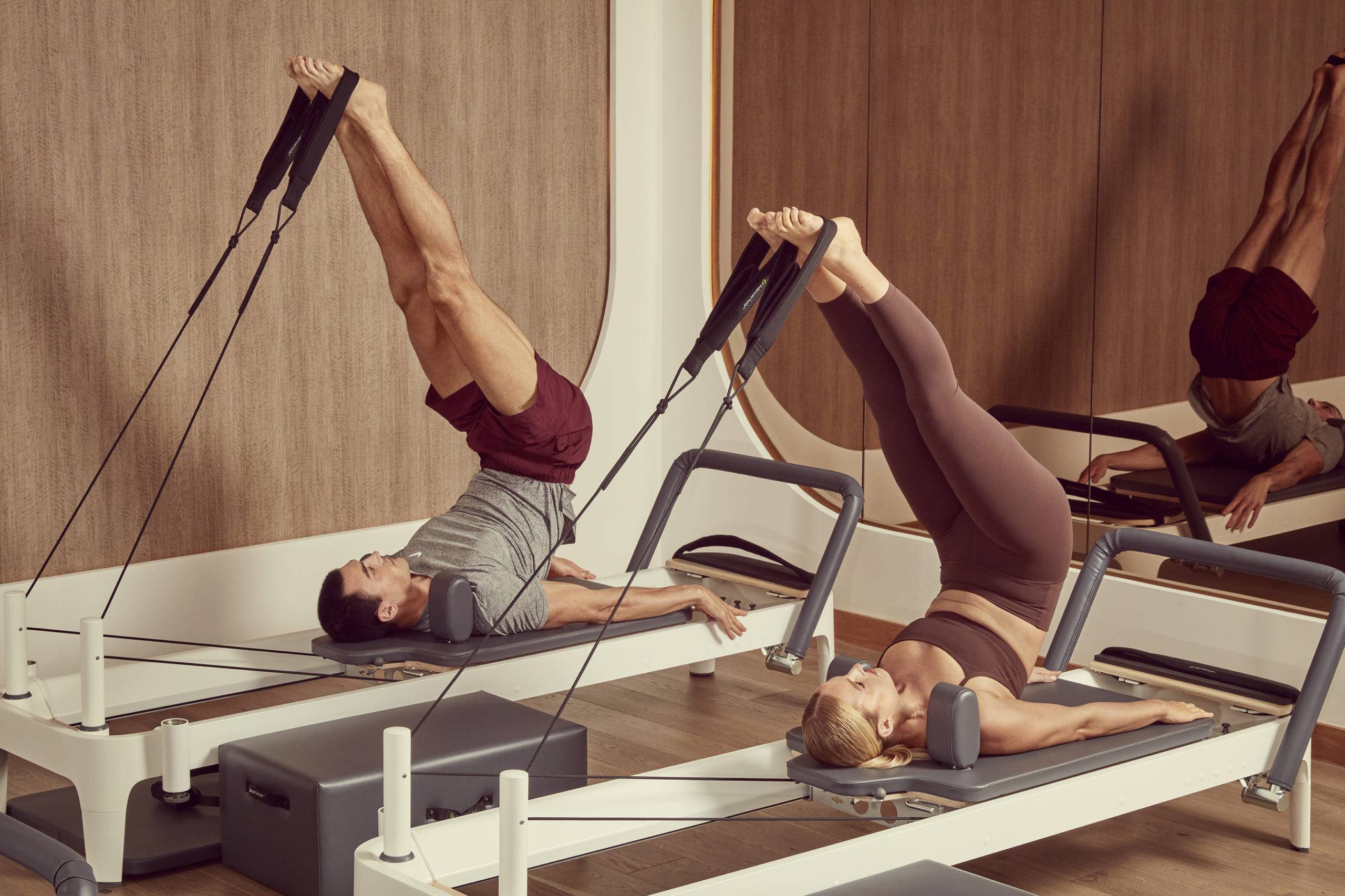
Lean Muscle & Endurance Gains
One of the key benefits of Reformer Pilates equipment is its ability to build lean, toned muscle without bulk. The spring-based resistance keeps your muscles under tension through slow, controlled repetitions, improving muscular endurance and encouraging definition over size.
If your goal is muscle toning and stamina, choose a Pilates reformer with a stable carriage, quiet operation, and adjustable resistance to support long-duration sets without strain or discomfort. It’s the ideal setup for high-repetition, low-impact training.

Reformer vs Mat & Weight Training
Compared to mat Pilates, a Reformer provides more external resistance, better spinal alignment support, and increased exercise variety. You can replicate movements from resistance training—like presses and rows—using springs instead of metal weights, significantly reducing impact on your joints.
For anyone looking for a joint-friendly resistance training machine, a well-designed Pilates reformer with springs delivers the same strength-building benefits as weights while enhancing flexibility, posture, and overall control.
When evaluating Pilates reformer equipment, consider features like:
● Multiple spring settings for resistance range
● Cushioned carriage for spinal comfort
● Adjustable footbar and headrest for alignment
● Durable frame and smooth glide for professional-level performance
Whether you’re a beginner or an athlete, investing in the right Reformer Pilates machine helps you train smarter, recover faster, and move better—one controlled rep at a time.
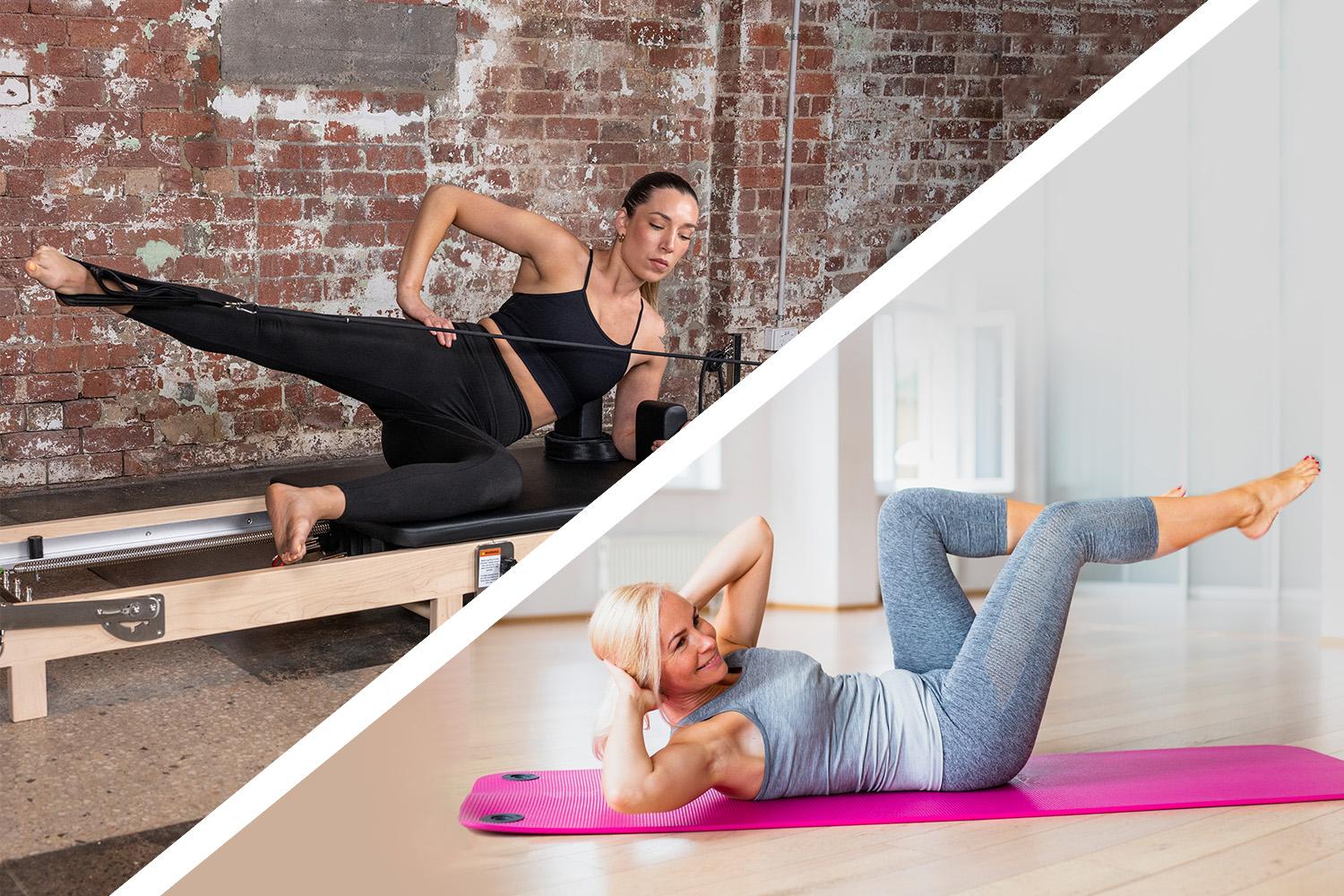
Reformer Pilates as a Cardio Workout
While Reformer Pilates is well-known for building strength, it can also deliver a surprisingly effective cardiovascular workout—especially when the pace and intensity are dialed up. If you're looking to burn calories, boost endurance, and improve heart health without high-impact exercises, Reformer Pilates can absolutely serve as your go-to cardio workout.
Boost Heart Rate with Flow
When you flow from one exercise to the next with minimal rest, your heart rate stays elevated—just like during aerobic training. These dynamic Reformer Pilates classes are designed to keep you moving, engaging multiple muscle groups while delivering sustained cardiovascular effort. You’ll feel your breath quicken, your body warm up, and your endurance build with each session.

HIIT-Style Reformer Pilates
Some classes combine traditional Pilates moves with high-intensity bursts, similar to HIIT (High-Intensity Interval Training). For example, Jumpboard Pilates incorporates low-impact jumping while lying on your back, which mimics the benefits of plyometric cardio without stressing your joints. These fast-paced formats are ideal if you're aiming for fat loss or improved metabolic conditioning through aerobic Pilates.
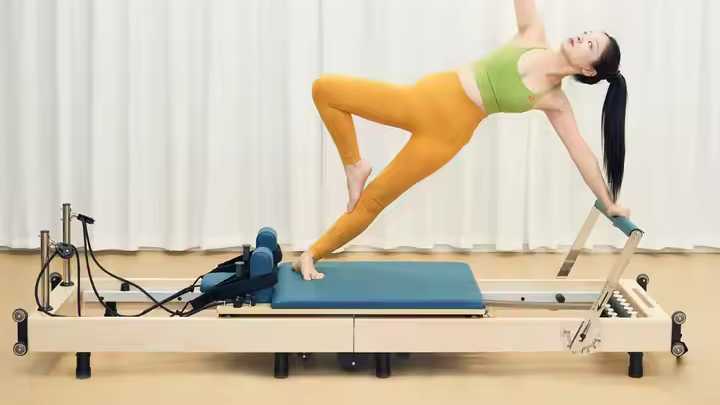
Low-Impact Fat Burn
Depending on the intensity and duration, a cardio-based Reformer class can help you burn anywhere from 250 to 500 calories per session. Since it’s low-impact, it's perfect if you want a cardio workout that’s gentle on your knees, hips, or spine. You’ll get the heart health benefits of aerobic exercise—without the pounding of running or jumping.
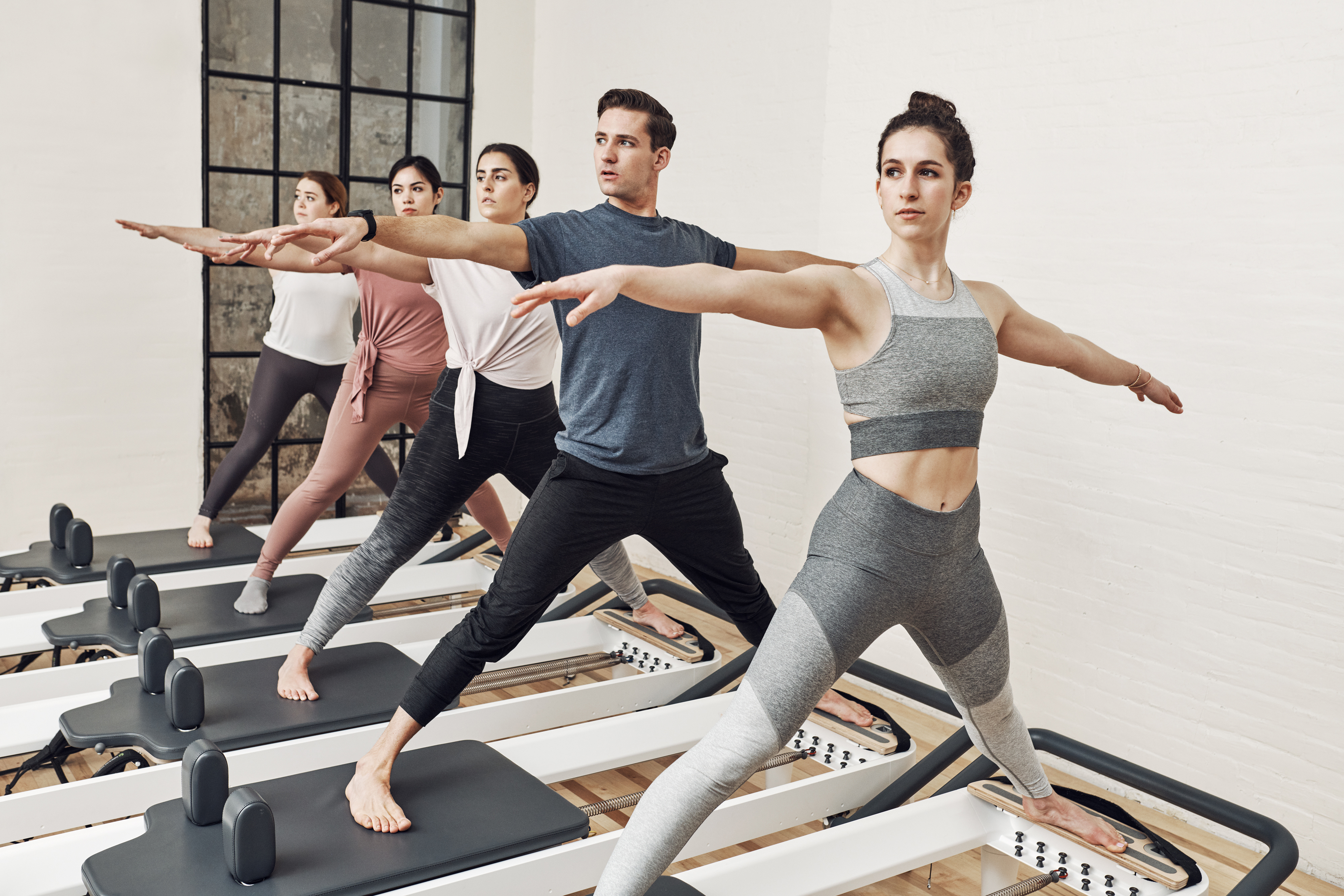
Increase Aerobic Endurance Safely
Over time, pilates cardio training helps improve your aerobic threshold, allowing you to sustain effort longer and recover faster. You’ll feel more energized in daily life, notice better breathing control, and develop greater cardiovascular endurance—all while building strength at the same time.
How to Get the Most Out of Reformer Pilates
Want to get real results from your time on the Reformer Pilates machine? Follow these expert Reformer Pilates tips to maximize your Pilates workout and improve strength, control, and performance.
Focus on Form and Alignment
Proper Pilates form is the foundation of every exercise. Always engage your core, maintain a neutral spine, and align your joints. Good alignment on the Reformer not only helps activate the right muscles but also prevents strain or injury.
Adjust the Springs for the Right Resistance
The Reformer machine allows you to customize the level of difficulty using springs. Lighter springs challenge your control, while heavier ones build strength. Learning how to manage Reformer resistance levels is key to progressing safely and effectively.
Control Your Breathing
Breathwork is essential in Reformer Pilates breathing techniques. Inhale to prepare and exhale to engage your deep core muscles. Coordinated breathing supports movement, increases lung capacity, and enhances mind-body connection.
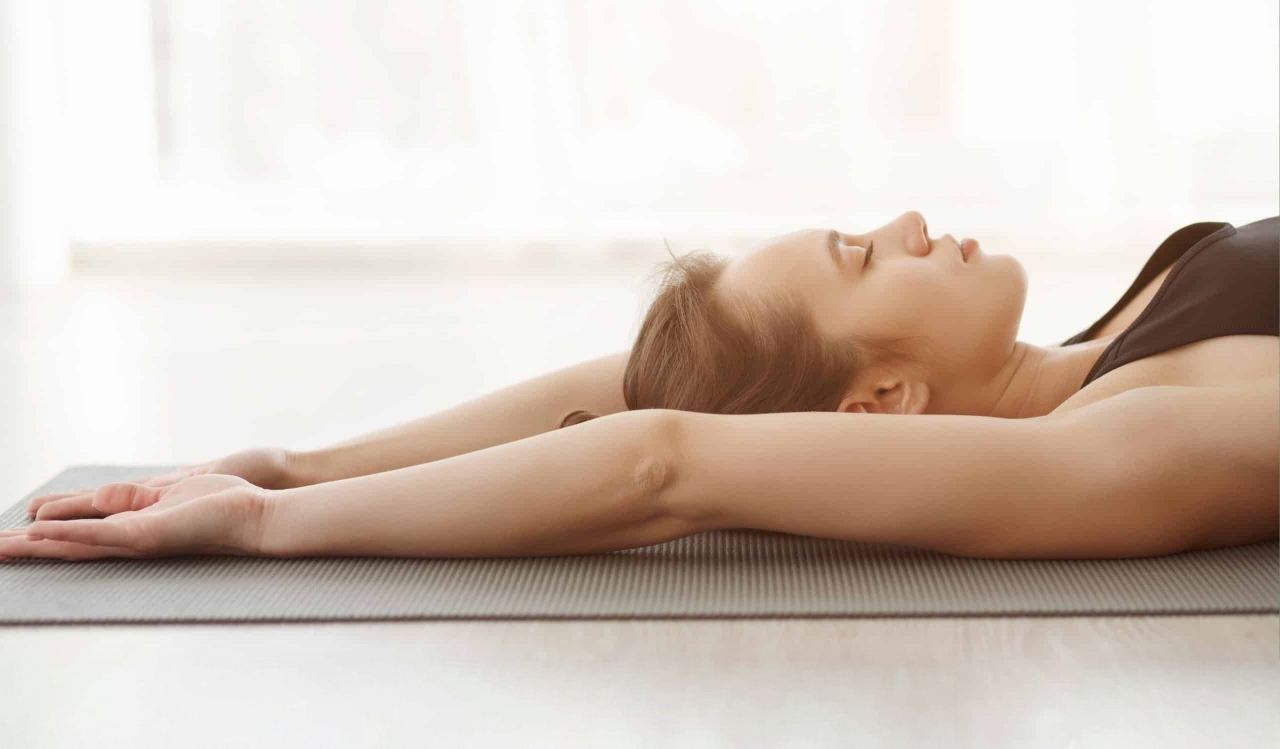
Prioritize Quality Over Quantity
Don’t rush. Slow and controlled Pilates movements activate deeper muscles and improve your body awareness. Fewer reps with focus are more effective than doing too many with poor form.
Stay Consistent and Build Progressively
To see real benefits like improved posture, flexibility, and muscle tone, stick with a regular schedule—2–3 sessions per week is ideal. Over time, you can increase intensity or try more advanced Pilates reformer exercises.
Listen to Your Body
If something doesn’t feel right, stop and modify. Reformer Pilates for beginners and advanced users alike should be pain-free. It’s about working smarter, not harder.
We are committed to delivering exceptional support and
top-tier service whenever you need it!
✅ Conclusion
Reformer Pilates is both strength and cardio.It tones muscles, builds endurance, and boosts your heart rate—all in one low-impact workout. You get the best of both worlds in a single, balanced routine.
If you have any questions or need help choosing the right gear, feel free to contact us via WhatsApp +86-13775339109, WeChat 13775339100 anytime. We're here to support your Pilates journey.

Talk To Our Experts
Connect with an NQ expert to discuss your product needs
and get started on your project.
FAQs
Is Reformer Pilates enough for strength training?
Yes. It helps develop muscle tone, stability, and endurance. For muscle mass gains, pair with heavier weightlifting.
Can I replace cardio with Reformer Pilates?
You can if the session is high-tempo or flow-based. Use a heart rate monitor to make sure you stay in your cardio zone.
Will I lose weight doing Reformer Pilates?
Yes—especially with calorie control and consistent workouts. Choose dynamic classes for better fat-burning results.
Is Reformer Pilates harder than mat Pilates?
Most people find Reformer Pilates more challenging due to the added resistance and complexity of movement.
How many times a week should I do Reformer Pilates?
For best results, aim for 2–4 sessions per week. Balance strength-focused and cardio-focused classes to maximize benefits.
Does Reformer Pilates help with back pain?
Yes. It strengthens your core and promotes spinal alignment, which can alleviate back discomfort. However, consult your physician if you have chronic pain.
Is Reformer Pilates suitable during pregnancy?
Many prenatal Reformer classes are safe with modifications. Focus on pelvic floor strength, core stability, and breath control—but always get medical clearance first.
Post time: Jul-30-2025
